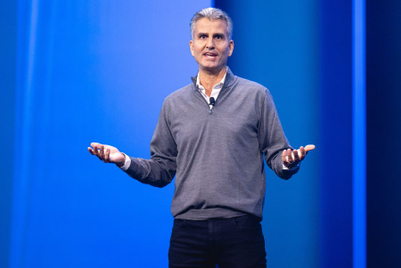
Please see all of our Spikes Asia 2014 coverage here
Rajan’s message was that stories should appeal to an audience’s imagination and allow people to interpret it in their own way. At the same time, the onus is on brands to present their stories with a clear point of view. She used examples from the BBC’s world-renowned wildlife documentaries to illustrate her point and presented various suggestions to brands for telling compelling factual stories that included:
- Connect with people on an individual level and invite people to explore a story on the own terms. “When we turn content into stories, we start a process that engages passion and curiosity around those facts,” Rajan said.
- Surprising the audience and challenging their expectations makes them listen more carefully.
- People "value authorship, authority and integrity". They want your story to have a perspective—to be the opposite of generic. Have enough faith in yourself as a brand to give them that.
- “Native” brand content must meet the standards of the platform it’s on.
- Learn to tell stories in the age of personalized media feeds and improvise based on response. This is “extremely challenging but also immensely rewarding.”
Campaign’s observation: Rajan’s points were valid, but some stories (like life in the jungles of Brazil) are inherently more compelling than others. Not all information deserves to become a story. We suggest brands must first ensure they discriminate more rigorously with the stories they set out to tell.


.jpg&h=334&w=500&q=100&v=20250320&c=1)


.png&h=334&w=500&q=100&v=20250320&c=1)







.jpg&h=268&w=401&q=100&v=20250320&c=1)




.png&h=268&w=401&q=100&v=20250320&c=1)
